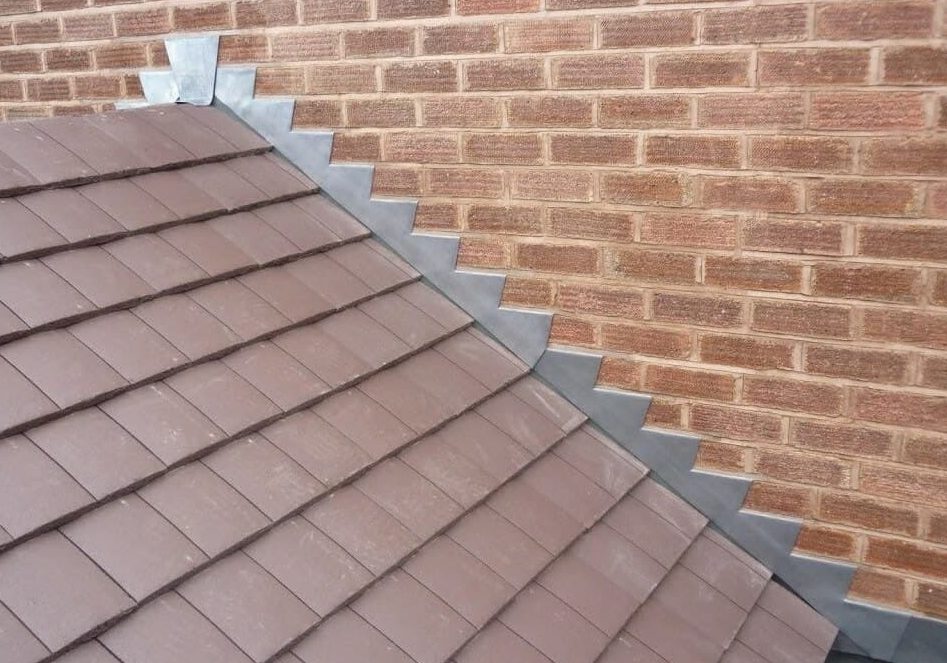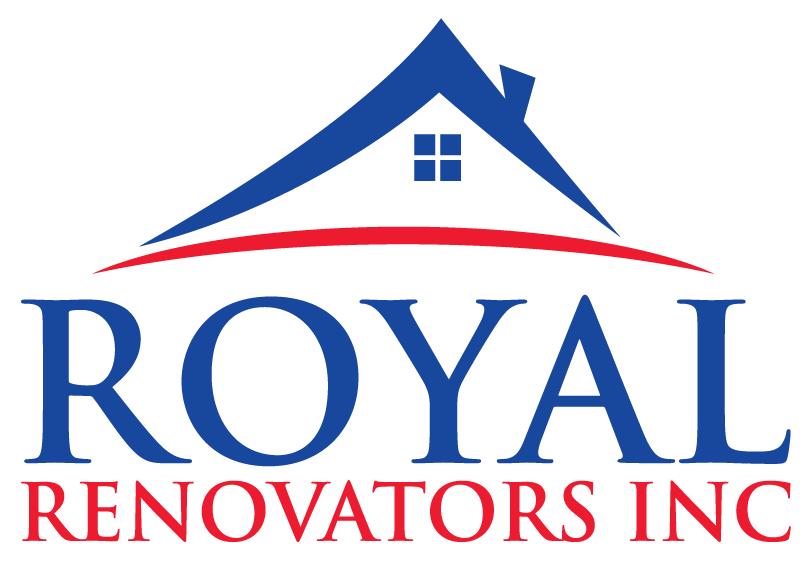All You Need To Know About Roof Flashing And Repairs

When it comes to roofing your home, you need to focus on more than just the project’s cost. We all want our home to hold greater curb appeal, gorgeous, and easy to maintain, with no unnecessary burden of repairs. No one wants to be dealing with water leakages on the roofing system. You should consider installing flashings on your roof if you want to protect your home from leaks and water damage.
Roof flashing is an essential part of any roofing system. This simple concept of placing sheet metal over seams and other high-stress areas of the roof can help you save immensely in roofing repairs, replacement, and installations. But is that all there is to have a flashing installed on your roof?
What Is A Roof Flashing?
A roof flashing is a thin layer of metal sheeting, installed at the seams and joints and even underneath the shingles, which helps to direct water away from these critical places, where moisture could penetrate the roof, causing leaks and water damage.
Some parts of the roof and walls —the roof valleys, the intersection between a dormer wall and the roof surface, chimney and skylight perimeters, and anywhere runoff occurs frequently or joints—are prone to leaks and water damage. These areas need the superior protection that installing flashing gives.
Faulty roof flashing has been identified as the sole cause of a more significant proportion of roofing problems that will ultimately lead to a more extensive repair or replacement. Improperly installed flashing could be a major source of concern to any homeowner. Roof problems that result from improper roof flashing installation inconvenience the people living in the house and become a big burden on the bank account of the building owner.
Materials
Flashings are usually formed from various materials. They may be made from any form of galvanized metal sheets or aluminum. While the galvanized sheet metal is most common, aluminum flashing has proven to be equally a good option to use by many builders and do-it-yourself installation because it does not rust easily and can last for long. Also, aluminum flashing is flexible, malleable, and ductile—all desirable qualities that guarantee its ease of use. Copper flashing is specially fabricated for use with copper roofs. Other specially fabricated flashing material includes; plastic, roofing felt, and rubber.
Functions Of Flashing On A Roof
Roof flashing on your roof can help keep water from getting underneath your shingles, just the similar advantage of installing the roofing felt. Roof flashings protect the top border of the outside walls of buildings from water ingression. When water leakages occur on the roof, the walls’ upper layers will bear the brunt first. These upper layers will get soaked with moisture, leading to algae’s growth, efflorescence, and dry rot in the walls.
Getting rid of such water damage could be largely overwhelming. It could get so expensive, requiring you to stress your bank account and commit a large chunk of your time. Aside from being a blot to the upper walls, the moisture can go as far as penetrating deeper into the walls, thoroughly moistening the walls. At this point, this could lead to the unpleasant air quality within the home. Also, it could lead to damage to some home appliances and furniture. Staying longer in such a room, inhaling the air there can be very detrimental to your health.
Roof flashings form a critical part of any architectural design of a roof structure. Flashings are like every other shingle, working in the same way as your shingles do but with more specialized functionalities. Every flashing is required to match the surrounding roofs. These specialized parts of the roof are critical to certain areas of your roof—at intersections, joints, or seams of your roof, where the roof surface meets a wall, valleys, protrusions such as vents and skylights, and the roof’s edges—so that water can run down the outside of your roof and not drip down the inside. When flashing becomes damaged or removed, you face the risk of water damage and roof leaks.
Types Of Flashing
Flashings are formed and applied in various areas—windows, gutters, doors, chimneys—basically, any exterior intersection with water runs off frequently. The major types of flashing include;
Valley Flashing
Valleys are intersections where two roof planes meet. When two roof planes slope toward one another, a low line that looks like a valley sandwiched between two mountains is usually formed. The valley is prone to water leakages as it typically encounters huge run off of water.
Valley flashing is installed over the roofing felt and under the edges of the shingles. Its installation style permits water to run off the edges of each roof to the valley flashings and down to the gutters.
Chimney, Skylight Flashing
Chimneys, vents, skylights, and dormers are complex parts of the roofing system that require a unique set of materials and installation techniques to provide a water-tight seal. Aside from adding flashing to these parts, waterproofing them is equally important.
Drip edge Flashing
The Drip edge works to direct water at the edge of the roof so that it won’t get to seep under your roofing materials (or along the edges of rakes and eaves) or rot the wood at the edges. The flashing is applied under the roofing felt, along the rake edges, and over the roofing felt.
Step Flashing
Step flashings are sometimes categorized as the chimney, dormer, and skylight flashers. The step flashing works to protect the part of the roof that meets the sidewalls of the chimney, dormer, and skylights. It is usually made up of angled metal pieces designed to overlap a section of shingles.
There are other types of flashings, but the most crucial part of having a flashing is installing it to guarantee the best results.
When you need to repair or replace your roof flashing in NYC, contact a licensed roofing contractor —the Royal Renovators, 118-35 Queens Blvd Forest Hills, NY 11375 (718) 414-6067 https://www.nycrenovators.com/, to ensure to get the best value service.
Our Post Lists
Copyright Ⓒ 2022 Royal Renovators Inc. All Rights Reserved

